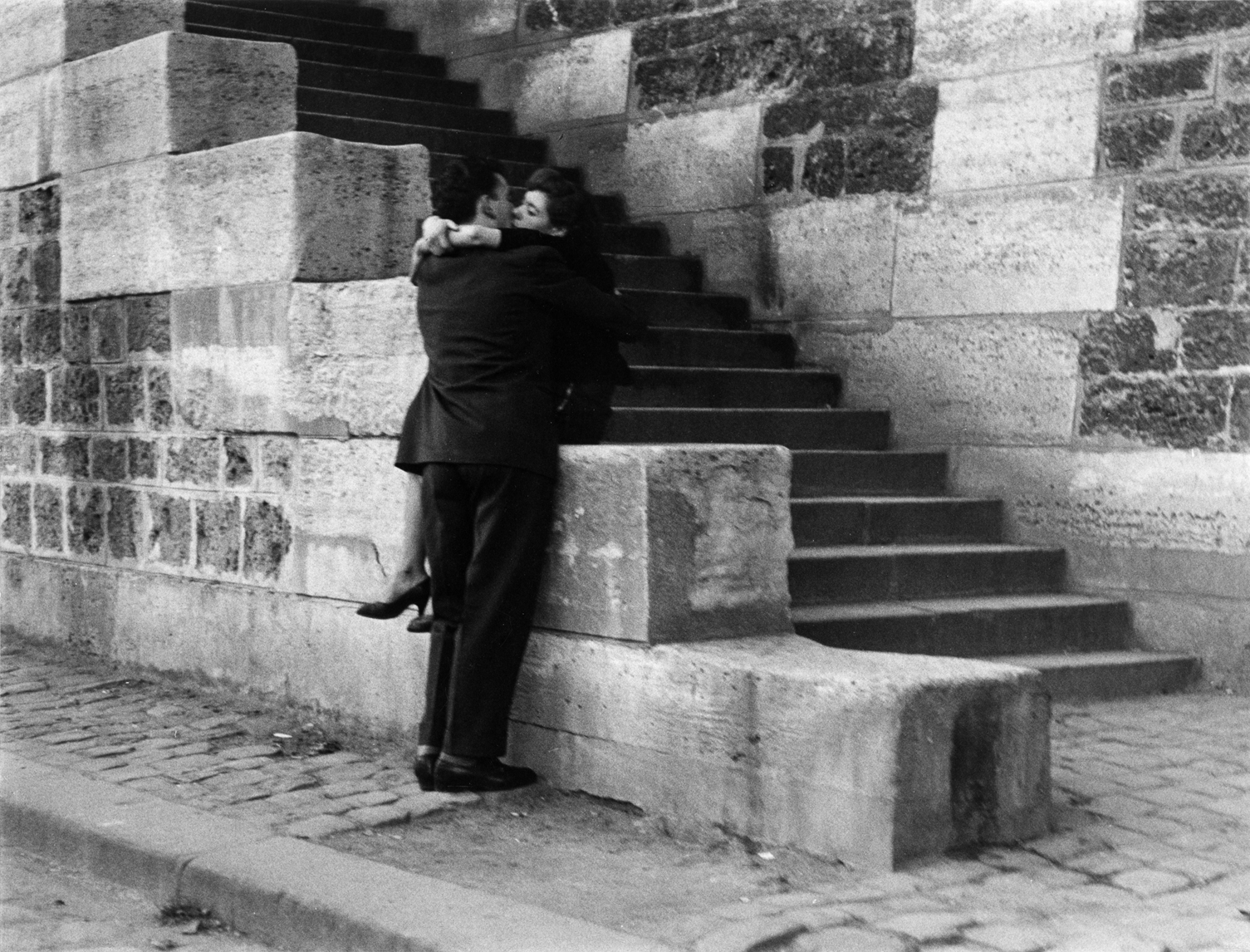Pioneering Photographer Sabine Weiss Puts Early Work On Display


Pioneering Photographer Sabine Weiss Puts Early Work On Display
Photographer Sabine Weiss, 92, started taking pictures when few women had entered the profession. Born in Switzerland, she eventually moved to Paris after World War II to work as a fashion photographer and take pictures of daily life.

Weiss joined Worldview’s Jerome McDonnell to talk about her long career and her latest show, Sabine Weiss: Intimate Memory, which runs through April 29 at Stephen Daiter Gallery at 230 W. Superior St.
Jerome McDonnell: Tell us a little about the photos at the exhibition. I understand they’re some of your oldest photos from the ’50s.
Sabine Weiss: Yes, I had books with all my pictures and I never looked at them. And finally somebody said, “do you have any old pictures?” Yes, I said, and they said, “OK show me.” I was myself very surprised to see them, to see my work, and very surprised that people take attention to them.
McDonnell: No posed pictures?
Weiss: No posed pictures. Since I’m a photographer, I pose my subjects for fashion or advertising. In my personal work, I do not. There’s a difference between candid and staged photographs. When I started as a photographer, I worked from 8 to 12 and from 2 to 7 and didn’t have much time to take my own pictures. Finally, in the 1950s I was free. I met my husband and life was just pleasure. I had time to walk in the streets. Others prefer to take photos of nature, but I don’t. I’m more attached to the atmosphere, what you see in a face, or in the position of a body, expressing something. But it should explain something interesting.

McDonnell: What was it like being a woman photographer in the 1950s? Seems like most of the people in the humanist movement were men.
Weiss: There was no difference being a woman. I never felt something different. It’s a good thing because when you see clients who want to do advertising, or something like that, they love to work with women. It was nice. If you work with the model, you have to be in with the models, to love what she listens to on the radio, what kind of dance she likes, to be happy and laughing and smiling and joking. But if you go in the street and do something else, you don’t have any exchanges with other people so you keep to yourself.
McDonnell: What do you think of photography today? It’s so easy with digital cameras in our phones and we can just pop it off, no dark rooms involved.
Weiss: It’s fantastic for a photographer. Since I’m old, at the time I started there were no light meters, or other technical aids. Everything was very difficult technically in the work. But now it’s so fantastic, it’s always sharp, you can mix different kinds of light.

McDonnell: I was surprised to see that you didn’t take any black and white pictures for 10 years or so in the ’60s, you worked commercially and then went back to black and white again. Can you say something about the different phases of your career?
Weiss: I always have done both together – first thing if you do black and white, it’s easier, but it’s another look. And it was very difficult when people wanted me to take both types of photographs together. One is more with the atmosphere, the look, from the people, or in the composition. The other is more technical.
This interview has been edited for brevity and clarity. Click the ‘play’ button to listen to the entire interview.
